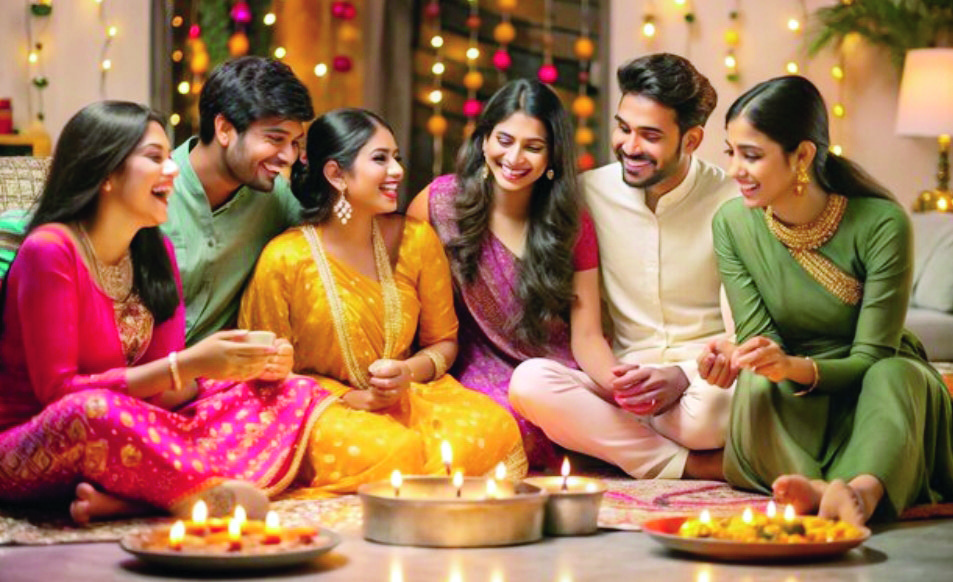Chocolates and cookies hog Diwali sweet spot

Traditionally, Diwali, the Festival of Lights is synonymous with earthen oil lamps, firecrackers and traditional homemade sweets and savoury snacks. They evoke nostalgia and a sense of belonging. From laddoos, ghewar, shankarpali, karanjis, anarse, kaju katli to spicy sev and crispy chaklis. The rich and varied culinary offerings during Diwali represent India’s diverse heritage. However, in recent years, especially in urban areas, with both, husband and wife working, the joy of homemade traditional Diwali mithai is being swapped by shiny plastic boxes of chocolate truffles, dry-fruit cookies, nutri-bars, artisanal tea/coffee hampers. This shift is not merely a passing trend but a reflection of changing consumer habits, driven by convenience, globalisation, and the fast-paced lifestyle of modern India.
Convenience Over Craft
However, in recent times, this scene has started to change, particularly in bustling urban cities. Today, many urban dwellers find themselves pressed for time, and the art of homemade sweets has, for some, become more of a luxury than a necessity. Enter the world of pre-packaged, sophisticated desserts. Instead of freshly made chiwda or karanji, it’s now common to see high-end confectionery and chocolate boxes occupying space in Diwali gift baskets. Gourmet cakes, designer truffles and even imported cookies have replaced the traditional mithai at many Diwali parties. But why this shift? For many, the answer is simple: convenience. Purchasing a beautifully wrapped box of chocolates or cakes is infinitely easier than devoting hours to making sweets at home.
Con(fusion) Food
Kokila Om Prakash (65), a Home Chef says, “When festival rolls around we don’t look at what type of sweets someone gifted us or whether it’s chocolates or mithais most of the times it’s the thought that’s heartfelt. Indeed, many desserts that I grew up eating aren’t done the authentic way anymore. I remember my grandchildren bringing some type of Rasgulla Tiramisu and it just gave me the ick. Fusion is nice but not necessary with every dessert, maybe it’s because I am old fashioned but I like my rasgulla either soaked in sugar syrup or masala dudh.” Food trends now lean heavily toward fusion, where classic Indian sweets like gulab jamun are reinvented as truffle balls, or laddoo is served as a deconstructed mousse. This blending of traditional and contemporary has blurred the lines between what is considered ‘authentic’ Diwali fare and what’s simply trendy.
Mithai = Cultural Markers
While this evolution reflects the changing times, it also comes with its set of concerns. Traditional Diwali sweets and snacks carry the weight of regional histories and familial memories. Kaju katli, chakli, and anarse are more than just sweets; they are cultural markers that connect generations. As urban India embraces convenience, there is a growing fear that these culinary traditions could fade into oblivion, lost to the sands of time.
The question remains: are we losing a part of our identity by trading our traditional mithai for a box of Ferrero Rocher? For many, the answer lies in balance. While modern treats offer convenience and global flair, there is a growing desire to preserve the authenticity of Diwali sweets by incorporating both the old and the new.
The Way Forward
In today’s world, where the old and new collide, perhaps the most festive way to celebrate Diwali is through a blend of tradition and modernity. Families can continue making a few special sweets like besan ladoos or karanji, while also indulging in a box of gourmet chocolates. By striking this balance, we honour our culinary heritage while adapting to contemporary lifestyles.

